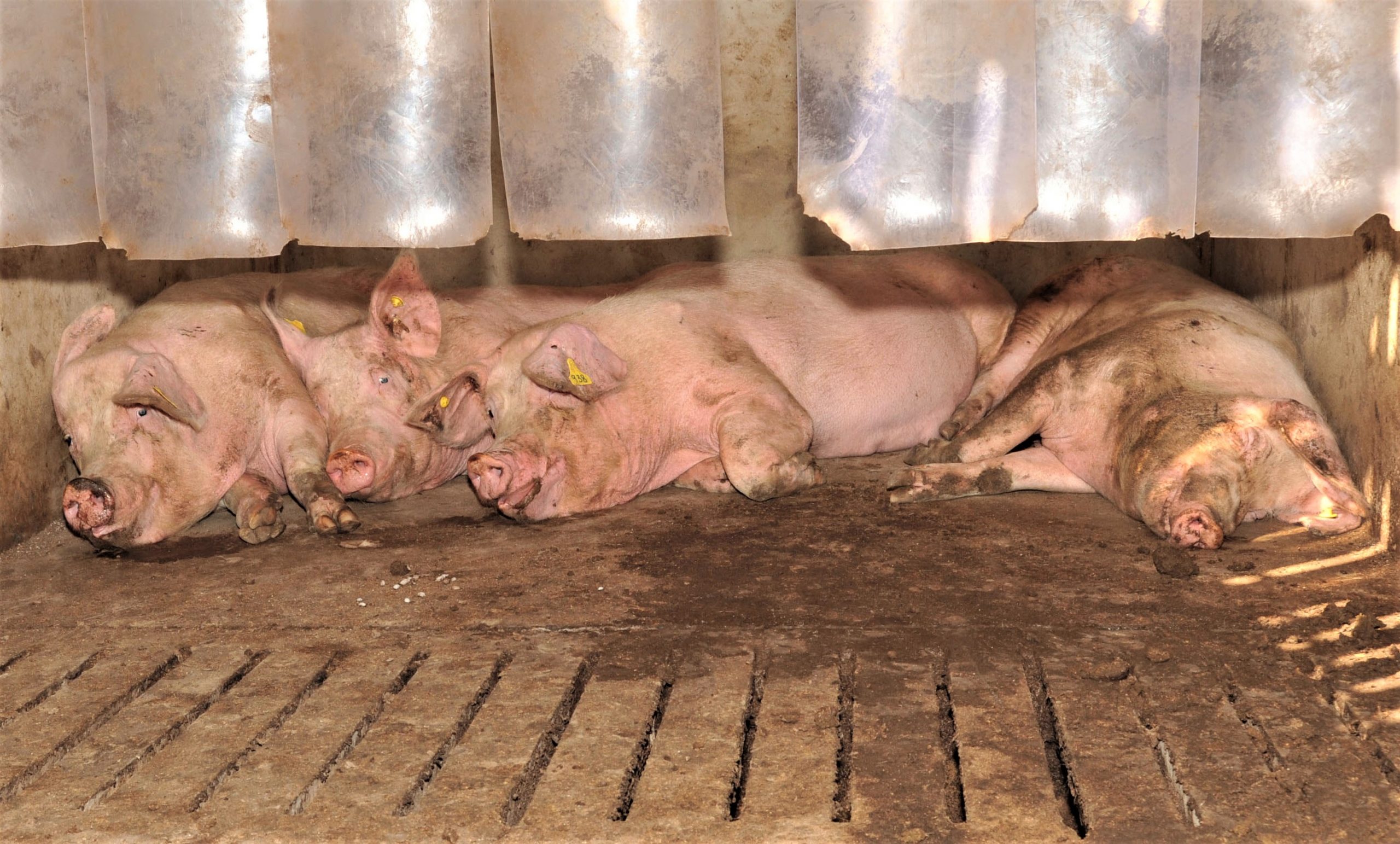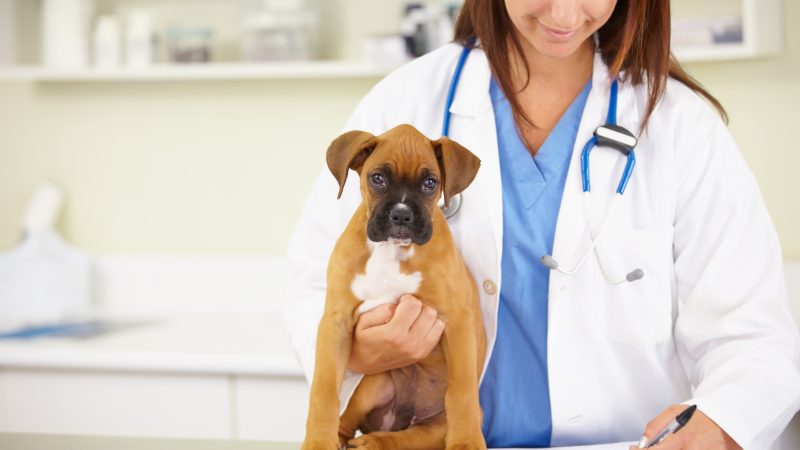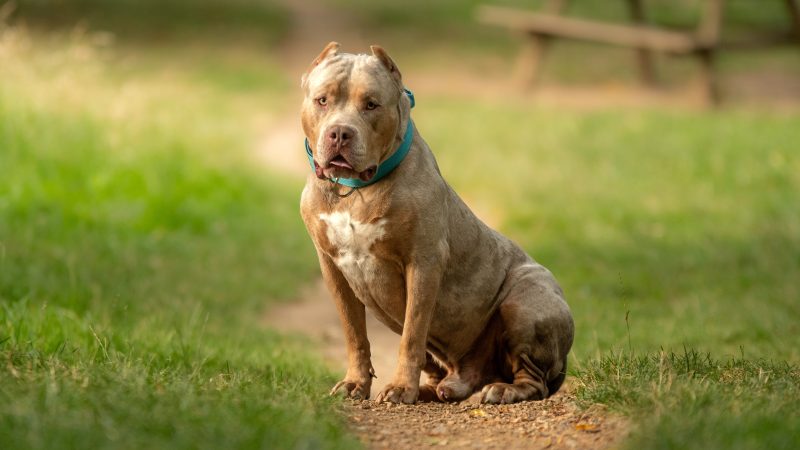Pigs’ behaviour could be indicator of stomach ulcers

Queen's and AFBI study may help vets in diagnosis
Research between the Agri-Food and Biosciences Institute and Queen’s University has found that stomach ulcers may cause changes in the way pigs rest, or may be the result of such changes.
Stephanie Buijs found changes in behaviour might enable detection of ulcers before serious damage occurs and that pigs with stomach ulcers were less likely to engage in harmful behaviours such as tail biting.
She said: “Stomach ulcers are an important pathological condition in pig farming. Research in several European countries suggests that approximately 20% of slaughtered pigs have mild ulcers, whilst another 10% have severe ulcers.
“Blood loss due to ruptured stomach ulcers can be the main cause of mortality on some pig farms (with 5-27% of all mortality attributed to stomach ulceration in some studies).
“In less acute cases blood loss may result in anaemic, unthrifty pigs. Even when blood loss is minimal, scar tissue formed as an ulcer heals may restrict a pig’s feed intake capacity, thus reducing growth.
‘Bleeding out’
“Both the ulcers themselves and their secondary effects are likely to cause pain or discomfort to pigs. This will not only affect their welfare, but may also impact on their behaviour. If such changes in behaviour can be detected at an early stage this could be a way to detect the presence of stomach ulceration before it progresses to a more severe stage in which the pig is at risk of bleeding out.”
To shed more light on the relationship between stomach ulceration and pig behaviour, a team of researchers identified pigs with and without stomach ulcers at slaughter, and then compared their behaviour using video recordings made in the two weeks prior to slaughter.
The clearest behavioural difference was the side they chose to rest on. Pigs with stomach ulcers (even mild ones) lay on their right side much less than pigs without ulcers (on average 12% of the time, as compared to 25% of the time in pigs without ulcers).
To get a better idea of the ulceration at the time of the observations the team is now evaluating potential biomarkers of ulceration in pig faeces, which would allow assessment of ulceration in living pigs in future research.







